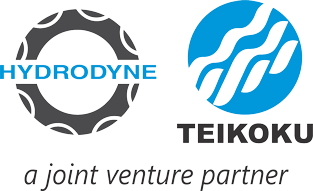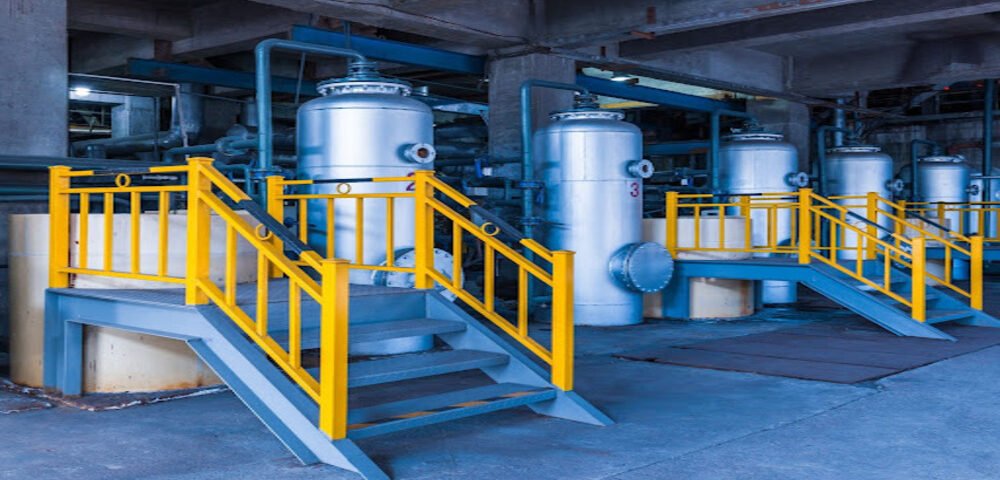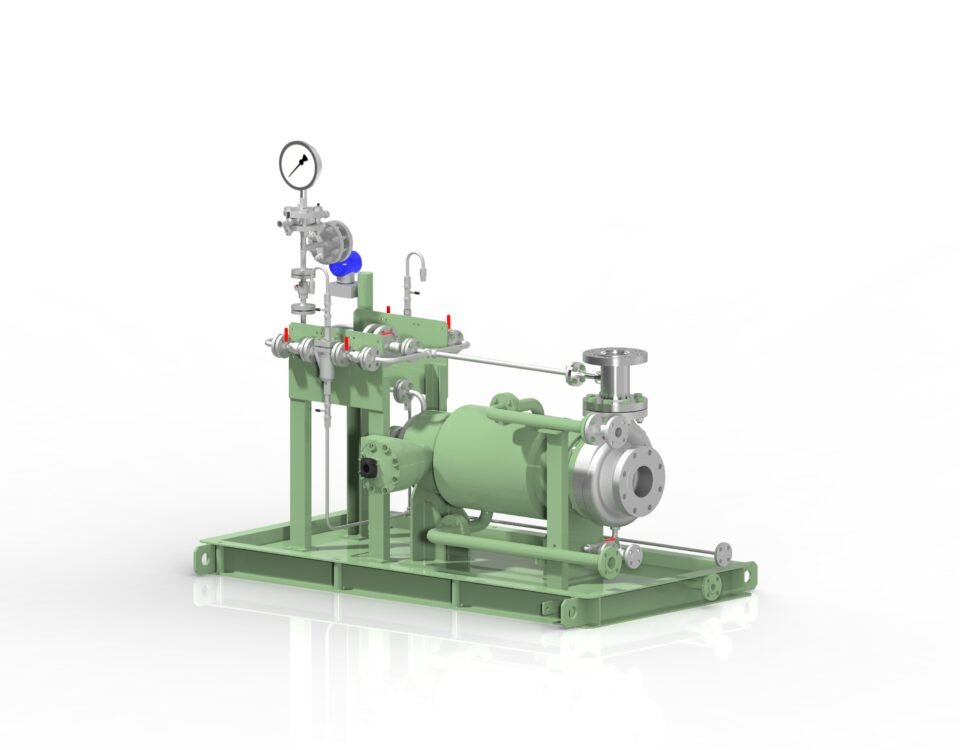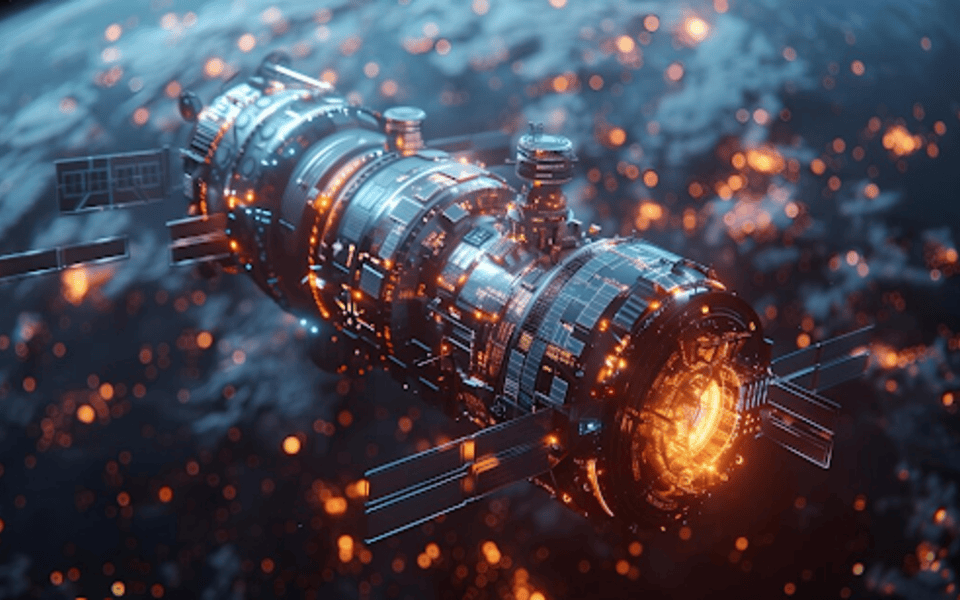
The Essential Guide to KOH Pumps: How They Revolutionize Industrial Processes
November 30, 2024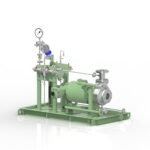
How API 685 Enhances the Performance of Canned Motor Pumps
December 26, 2024Industrial pumps and motor systems are significant parts of operations in manufacturing, water treatment, oil and gas, and many more. These systems ensure the efficient transfer of fluids and are also at the heart of keeping productivity up while reducing downtime. However, installing these requires careful planning and attention to many critical factors. This guide draws up the key considerations to ensure optimal performance, longevity, and cost-effectiveness of your Industrial Pump And Motor system.
1. Purpose and Use
All operations have specific requirements, and pump and motor designs differ based on the type of industry being operated in. Viscous liquids need thicker liquid pumps, whereas systems dealing with chemical processes require heavily corrosion-resistant components due to their aggressive environment. Proper evaluation of the purpose or the environment in which the system is to be used leads to selecting an appropriate industrial pump and motor system.
2. Required Flow Rate and Pressure
Flow rate, in gallons per minute, or litres per second, is the fluid volume the pump has to transport; Pressure specifications determine the force needed to move the fluid. If these are miscalculated, there will be inefficiency, energy waste, or even mechanical breakdown. Being calibrated properly ensures the system works within its capacity.
3. Compatibility of materials
The materials used to build the pump and motor should suit the fluid’s properties. Corrosive or abrasive fluids require pumps from stainless steel, Hastelloy, or some other resistant material. Inappropriate material usage can lead to initial wear and unsafe operations.
4. Energy Efficiency
Energy efficiency is essential in industrial settings, with savings from operational costs and reduced environmental impact paramount. VFDs are a standard feature on many modern pump systems; these drives set the motor speed according to requirements, thus optimizing efficiency. Energy efficiency directly through selecting economical industrial pumps and motors saves money and contributes to sustainability goals.
5. System Integration
The pump and motor assembly should integrate well with any existing infrastructure. Issues like piping, control systems, and power supply are crucial. All these things ensure that the system will operate with minimal downtime, reduce installation time, and lower the chance of change.
6. Maintenance and Reliability
Long-term reliability is critical for keeping downtime at a minimum. Choice of reliable and easy-to-service systems should be made. Systems with durable components and self-diagnostic capabilities that make maintenance more straightforward to conduct should be chosen. Making provision in the planning for installation to include regular inspections and maintenance should also be done.
7. Safety Factors
Safety shall not be compromised. Industrial pumps and motors provide the usual high-pressure operations with hazardous fluids. Proper safety measures such as leak-proof designs, temperature monitoring, and emergency shut-off mechanisms will ensure the operations’ safety. Industry standards and certifications will further minimise risks.
8. Space Constraints and System Design
The physical space available for the system must be assessed. Compact designs are desirable in facilities with tight rooms, but they should not sacrifice performance. Thorough layout planning, especially access to maintainability, helps optimise the installation.
9. Cost Analysis
While initial costs are essential, evaluating the total cost of ownership (TCO) is vital. TCO includes maintenance, energy consumption, and potential downtime costs. Investing in a high-quality system with lower lifecycle expenses often proves more economical in the long run.
10. Vendor Expertise and Support
Working with experienced vendors like Hydrodyne Tikoku Pvt. Ltd is sure to help one gain access to quality products and professional guidance. Their experience in Industrial Pump And Motor systems offers firms optimal choices suiting the various needs of the businesses. After-sales services and service agreements will break the causes for long-term operational success.
11. Environmental Considerations
The importance of green industries is increasingly being embraced. Low-energy-consuming and leakage-minimal, and environmentally friendly pumps help businesses reduce carbon footprints. So, when selecting pump and motor assemblies, first consider features that are most relevant to the sustainability goals of your organization.
12. Best Practices for Installation
Proper installation is as critical as selecting the right system. Employ trained technicians to ensure all components are securely and accurately fitted. Perform initial testing to confirm the system meets flow rate, pressure, and safety requirements. Following the manufacturer’s guidelines and industry best practices is essential to avoid complications.
Conclusion
Factors like material compatibility, energy efficiency, and system integration must be considered when installing an Industrial Pump And Motor system. Proper consideration of these aspects during the time of selection and installation would help in maximizing performance, cutting down operational costs, and ensuring improved safety within businesses. Hydrodyne Teikoku Pvt. accompaniment. Ltd. enables industries to design their pump and motor systems according to their precise operational needs. This increases efficiency and lays down the basis for long-term growth.
